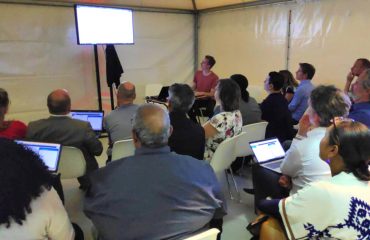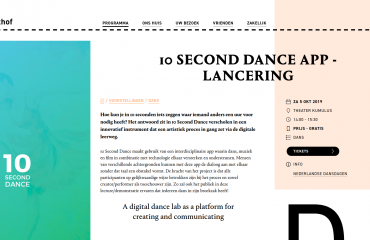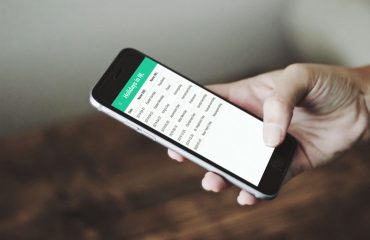Many, many new features have been added since the last blog post.
We’ll list the most important ones in each category.
New or updated blocks
Most blocks received updates. Only a couple are listed below:
Map block
- Allow grouping icons that would otherwise be too close together on this zoomlevel.
- Custom icons.
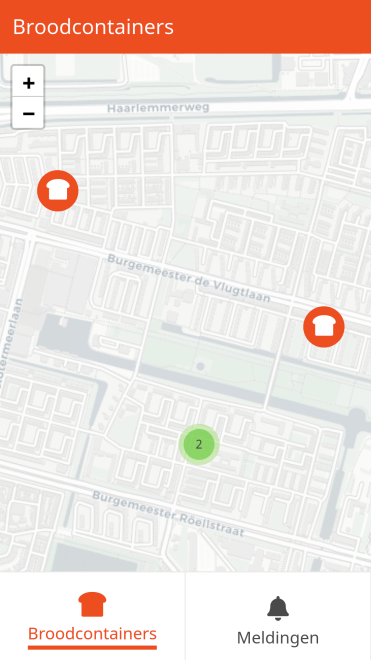
Form block
Radio buttons
Forms are one of the most important blocks in most applications. It’s used to gather user input. Yet radio buttons (where you could select only one option) were missing. They’re there now!

Data validation rules
Stacked validation rules can be applied to form input including powerful regular expressions. Along with it, custom error messages can be specified.


Validation using external services
Validating input like an address against a REST data services is possible using a request action:

New security features
OAuth2 login
OAuth 2.0 is the industry-standard protocol for authorization. This feature allows employees of your organisation to login to the app as they’d normally do. It’s often referred to as SSO (Single Sign On). To most users it just means they don’t need to remember yet another password, which is good for security.
Connect to any OAuth2 compatible identity provider, like Microsoft Azure Active Directory (AD), Google or even Gitlab. More info.
App roles
In case you want some parts of the app or data to be accessible to some users, but not to others, you can use the new role based security approach in the app definition. On several levels you can protect your app, pages, blocks and even resources (the data in your app). The roles can be customized and assigned to users through the studio:


New studio features
Block store
This is a first step towards making our app editor more developer friendly. New app developers are guided in adding and configuring blocks to an app. It’s now much easier than before to explore the new blocks available to your app:
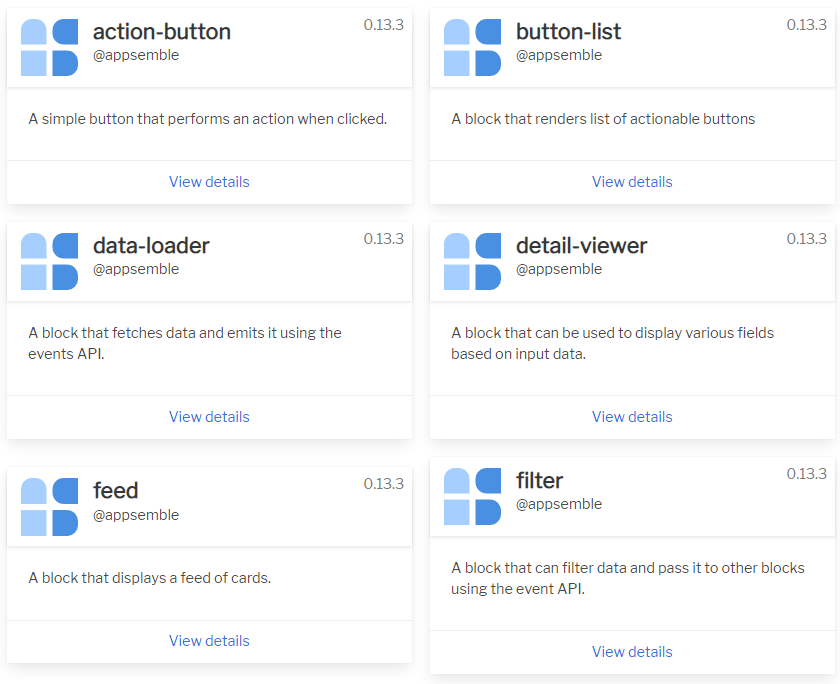
You’ll also see the publisher of the block. @appsemble means it’s a block supported by the Appsemble organisation. We’re hoping to see many contributions from all over the world. A block also has an icon. Perhaps there’s an artist in our community who likes drawing icons so the blocks get instantly recognizable.
In case you’d like to know more about a block, there’s more documentation available:
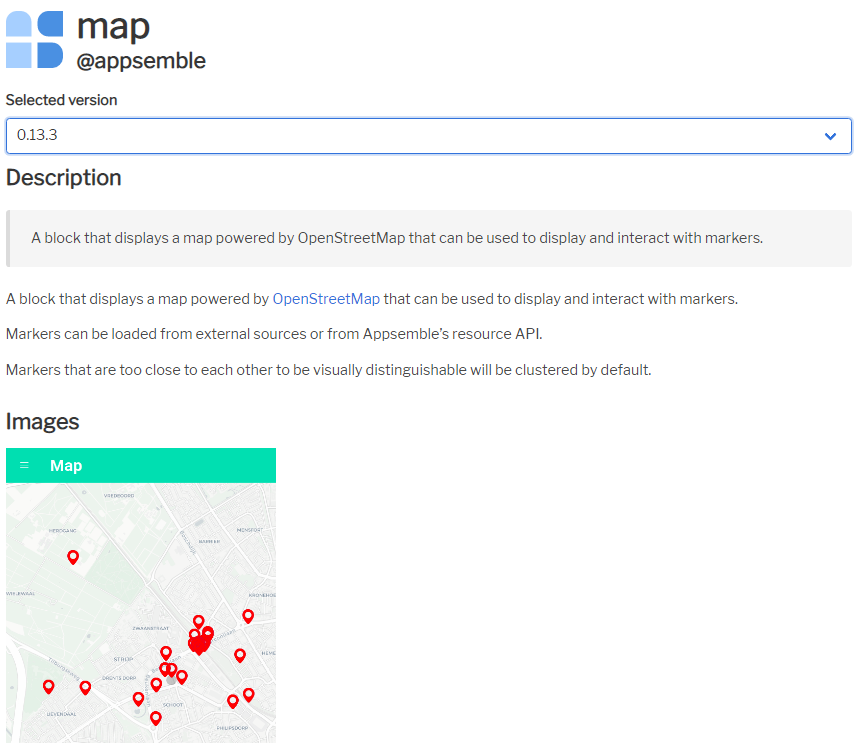
All parameter you’re able to set are documented as well:
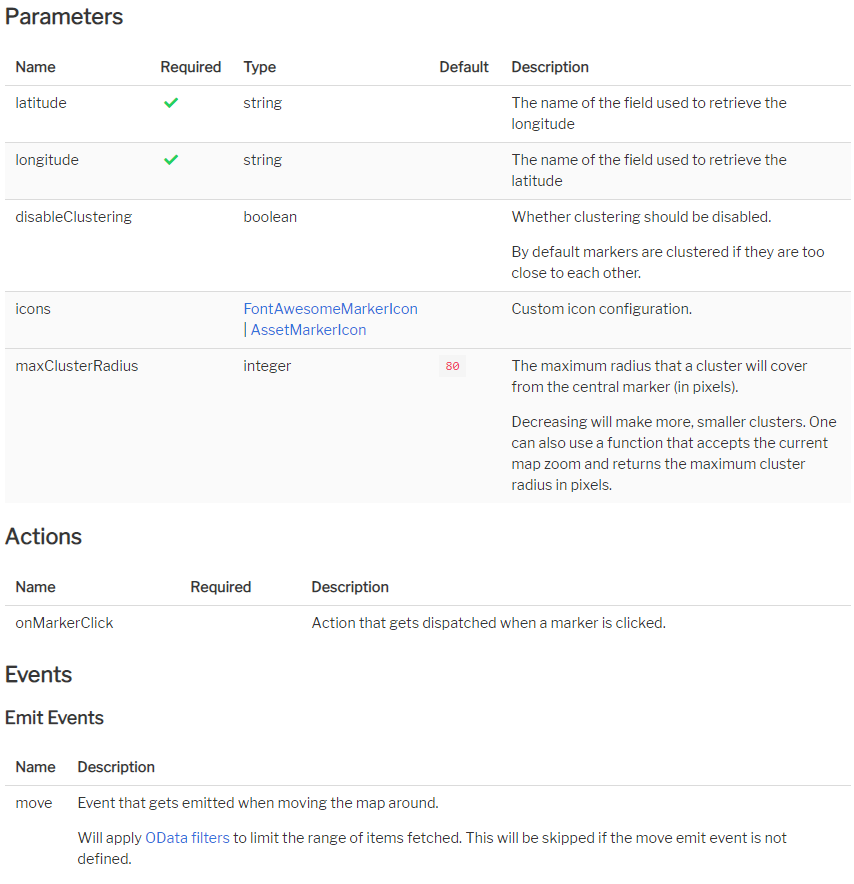
CSV export
Data inside your app could already be exported through the API, but now there’s also the option to export to CSV. Ideal to further process the data in your favorite spreadsheet application.

GUI app editor
Until now, writing low-code YAML was the way to build your application using Appsemble. We’re pioneering easier ways to get the job done. While still rough around the edges, you might like our visuals aid for adding and configuring blocks to your app recipe. It guides you through the available options of the block so you don’t have to figure out what YAML to write.

Project and client updates
- The blocks and apps commissioned by the municipality of Amsterdam are now open sourced now we’ve replaced a proprietary font (Avenir) that was in their brand guide originally.
- We’re happy to welcome the municipality of Amersfoort as new client.
- New blocks and the bezoekers app that’ll be built for them in H2 2020 will of course be open source.
The OAuth2 login feature to allow integration with their Microsoft Active Directory was a first contribution. - The way our contract was structured may serve as template for other municipalities as well. Saves everyone the legal work.
- New blocks and the bezoekers app that’ll be built for them in H2 2020 will of course be open source.
- We’re just as happy to welcome TBV Wonen, a housing cooperation. They’ve chosen Appsemble to build an app to let their tenants report defects (along with a photo) through a branded app. It’ll be released towards the end of Q3 2020.
- All recent platform updates can be found on the releases page.
In development
These features are expected to be landing soon in an upcoming release:
- Multilingual apps should make it to a release in August 2020. With this feature your users can choose in which language they’ll see your app as long as you provide the translations for it.
- Email templates should make it to a release in September 2020. It’s quite handy to send notification emails that can also be localised.
- We’ve got loads of feedback from developers that tried building blocks and apps. We know there’s a lot to improve. We’re balancing time between building client apps with the framework (dogfooding and a way fund further development) and improving the developer workflow. We’ve planned several developer UX and documentation improvements for the remainder of the year.
- A visually new app store that promotes best rated apps and allow you to clone and adapt each app easily.

